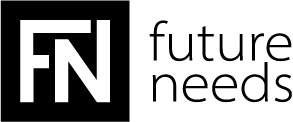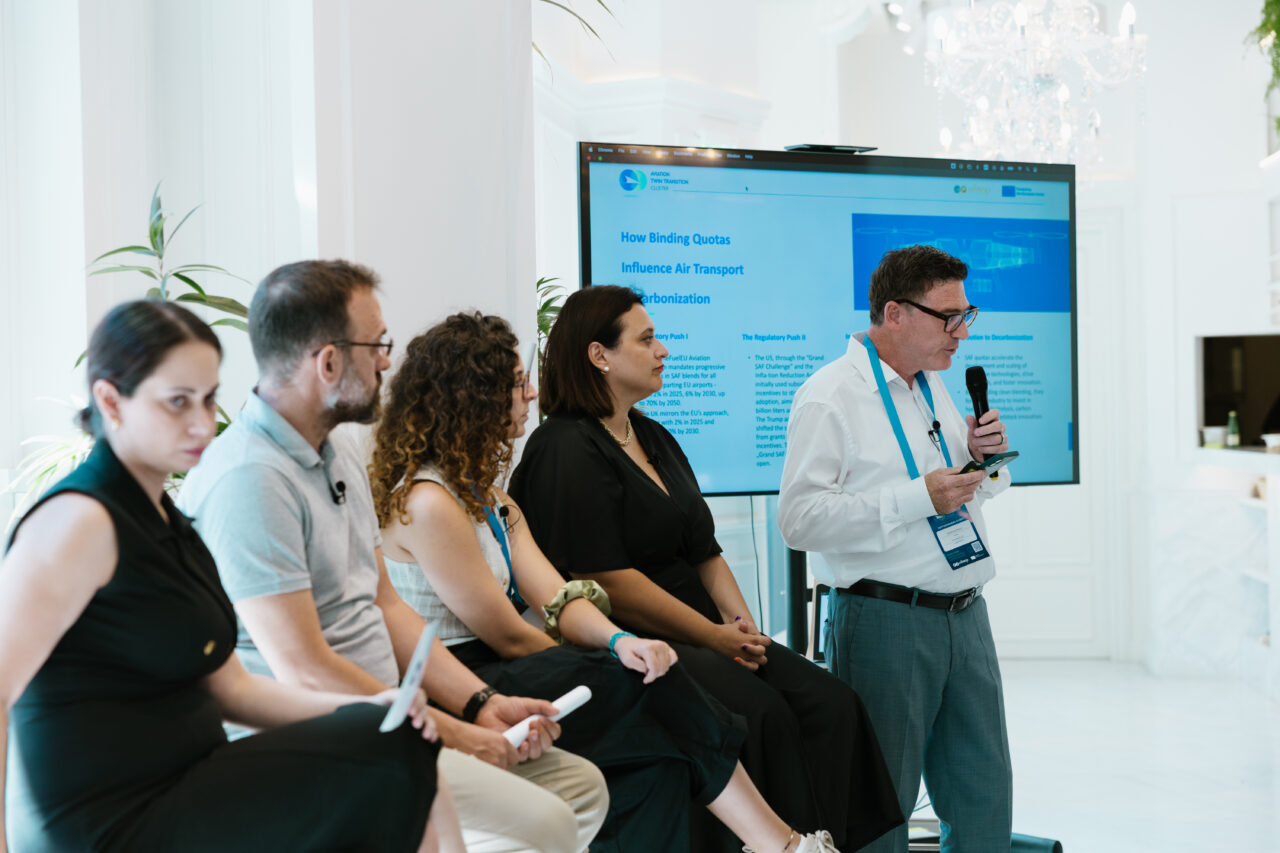A well-planned clustering event can do more than showcase project results. It can spark collaboration, build new partnerships, and amplify impact across the EU research landscape. Yet, turning that potential into reality takes structure, foresight, and an understanding of what makes participants truly engage.
After organising several clustering events across different industries – from sustainable construction to digital aviation, and High-Performance Computing (HPC), Future Needs has developed a set of internal procedures for making these events successful and impactful.
We’re sharing some of the lessons and practices we’ve found most valuable, hoping they’ll serve anyone preparing to organise their own clustering event.
1. Start with the value, not the venue
The first step in any successful event is understanding why participants should attend. Before booking a venue or drafting an agenda, you should define the unique value proposition for attendees.
This could mean offering:
- Opportunities to speak or join panel discussions
- Certificates of attendance, especially for trainees or early-career researchers
- Joint workshops that address shared objectives between projects
- Showcase sessions where consortia present their latest results or technologies
For example, during the Aviation Twin Transition (ATT) Clustering Event, hosted by the RefMAP project and organised by Future Needs, the value created for participants was the opportunity to present their research to a like-minded audience, engage in discussions with peers facing similar challenges, and identify how their project results could complement others to achieve a stronger collective impact in the field of sustainable aviation and urban air mobility.
A value-first approach ensures that your event serves its audience, and, by extension, the goals of every participating project.
The Aviation Twin Transition (ATT) Cluster Event, hosted by the RefMAP project and organised by Future Needs in Athens.
2. Build on existing networks
In the EU research landscape, no project exists in isolation. Before reaching out broadly, it’s worth exploring which related projects, experts, and initiatives could add value to your agenda. Many of them may already be within your extended consortium or professional network!
3. Plan early
For EU projects, timing is everything. Larger clustering events often require 12 months of lead time, while smaller workshops need at least 6. Promotion should begin well before all details are finalised.
A clear planning timeline includes:
- Early “Save the Date” announcements (even if details are pending)
- A preliminary high-level agenda – a few key themes are enough to start engagement
- Consistent updates as speakers, workshops, and sessions are confirmed
Transparency builds anticipation and helps partners align internal calendars, especially when travel or coordination across countries is involved.
4. Create opportunities for collaboration
A well-designed clustering event goes beyond presentations; it actively facilitates collaboration. Consider integrating:
- Joint dissemination sessions, where projects explore common outreach channels
- Panel discussions that mix technical and societal dimensions
- Interactive workshops focused on policy recommendations or exploitation strategies
For example, during the Circular Construction Clustering Event under the RECONMATIC project, participating projects co-developed ideas for future research proposals and shared upcoming dissemination opportunities, turning a single-day event into a launchpad for ongoing collaboration.
Clustering Event: “Promoting Circularity in Construction” organised by Future Needs and hosted on the BUILD UP platform, where participating projects co-developed ideas for future research proposals and shared upcoming dissemination opportunities.
5. Prioritise inclusivity and a balanced Agenda
An engaging agenda is at the heart of every successful event. It should combine technical depth, policy relevance, and room for interaction. Publishing even a preliminary version early encourages participation and helps speakers commit in advance.
Equally important is ensuring gender inclusivity and balanced representation. In some industries, where panels can easily become male-dominated, the organising project partner should make a conscious effort to achieve fair representation and highlight diverse voices.
For example, during the HPC Clustering Event organised by Future Needs, a panel titled “Digital Twins for Sustainable Cities: From Buildings to Urban Air” was designed with gender equality in mind, featuring close to equal representation between male and female speakers. This approach not only showcased a wide range of expertise but also set an example for how technical fields can integrate inclusivity into event design.
Attention to balance and representation strengthens an event’s credibility and aligns with Horizon Europe’s broader commitment to equality and diversity, principles that should never go unnoticed in research and innovation.
Panel Discussion: “Digital Twins for Sustainable Cities: From Buildings to Urban Air” during the HiDALGO2 Clustering Event – HPC and Big Data Technologies Addressing Global Challenges, organised by Future Needs in Stuttgart.
6. Communicate consistently: before, during, and after
A clustering event’s success depends on visibility, not only within the consortium but across the wider community. A well-thought-out communication plan should begin months in advance and continue well after the event.
Key actions to include:
- Regular social media posts in the months leading up to the event
- Cross-promotion with other EU-funded projects that share similar audiences or themes
- Emailing your network, inviting project partners, sister projects, and relevant stakeholders to attend or share the announcement
- Sharing the news with EU-level media platforms, local media outlets, and thematic portals for wider coverage
- Well-branded event materials and a dedicated webpage with clear information and registration links
- Speaker-focused content such as bios, visuals, and quotes to boost engagement
- Live coverage during the event (social media posts, photos, and short clips)
- A post-event highlights article and thank-you campaign to maintain momentum
By treating the event as a complete communication journey, from early promotion to post-event storytelling, you can maximise participation, visibility, and long-term impact.
Typically, this process is led by the project’s communication and dissemination partner, who ensures consistent messaging and a professional presentation across all channels.
7. Capture and build on momentum
After the event, the work continues. Sending follow-up emails, publishing recordings and presentations, collecting feedback, and documenting lessons learned are all part of the process. These activities contribute not only to project KPIs but also to sustained collaboration among participants.
For example, following the Aviation Twin Transition Clustering Event, Future Needs published speaker videos across YouTube, the project website, and social media, extending the event’s visibility and value long after it concluded. This kind of media follow-up turns a one-day gathering into an ongoing communication asset.
A successful clustering event does more than tick a deliverable box, it strengthens Europe’s research ecosystem. When thoughtfully designed, such gatherings amplify results, build new partnerships, and communicate the collective achievements of the EU’s innovation community.
If you need expert guidance to organise an event for your EU project, reach out to Future Needs at info@futureneeds.eu, we’ll be glad to help you make your next event truly impactful.
About the authors

Georgia Nikolakopoulouk is Head of Dissemination at Future Needs, leading dissemination activities across 7 active EU-funded projects. With a strong background in UI/UX design and communication, she ensures effective outreach and engagement through high-quality materials and strategic planning. Georgia has contributed to more than 10 H2020 and FP7 projects in sectors including Education, Health, and Artificial Intelligence. Email Georgia at georgia@futureneeds.eu.

Egle Joneliunaite is a Communication and Dissemination Manager at Future Needs, leading social media and marketing activities for both projects and the company. She brings nearly 10 years of experience in communication and digital marketing. Passionate about sustainability, Egle also currently leads communication and dissemination efforts for the RECONMATIC project. Email Egle at egle@futureneeds.eu.











